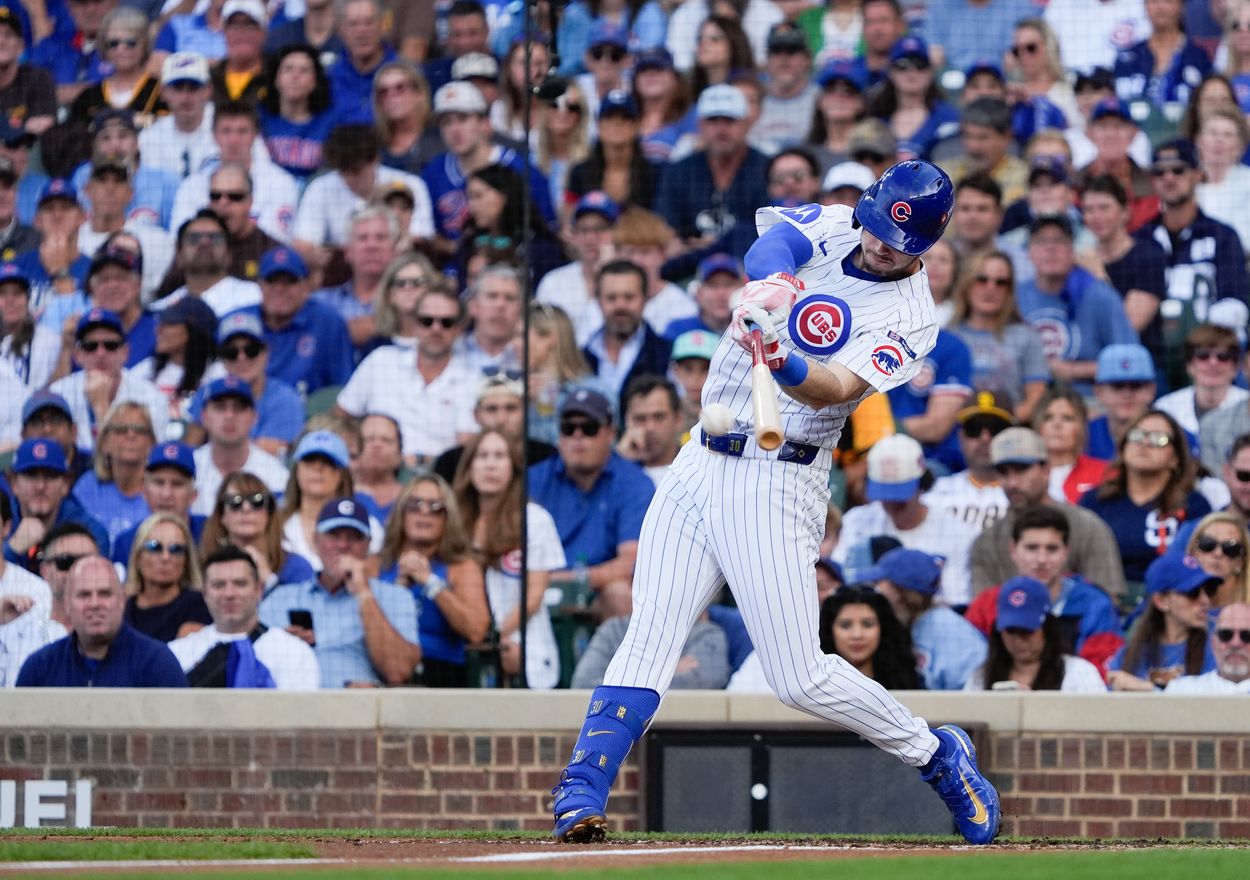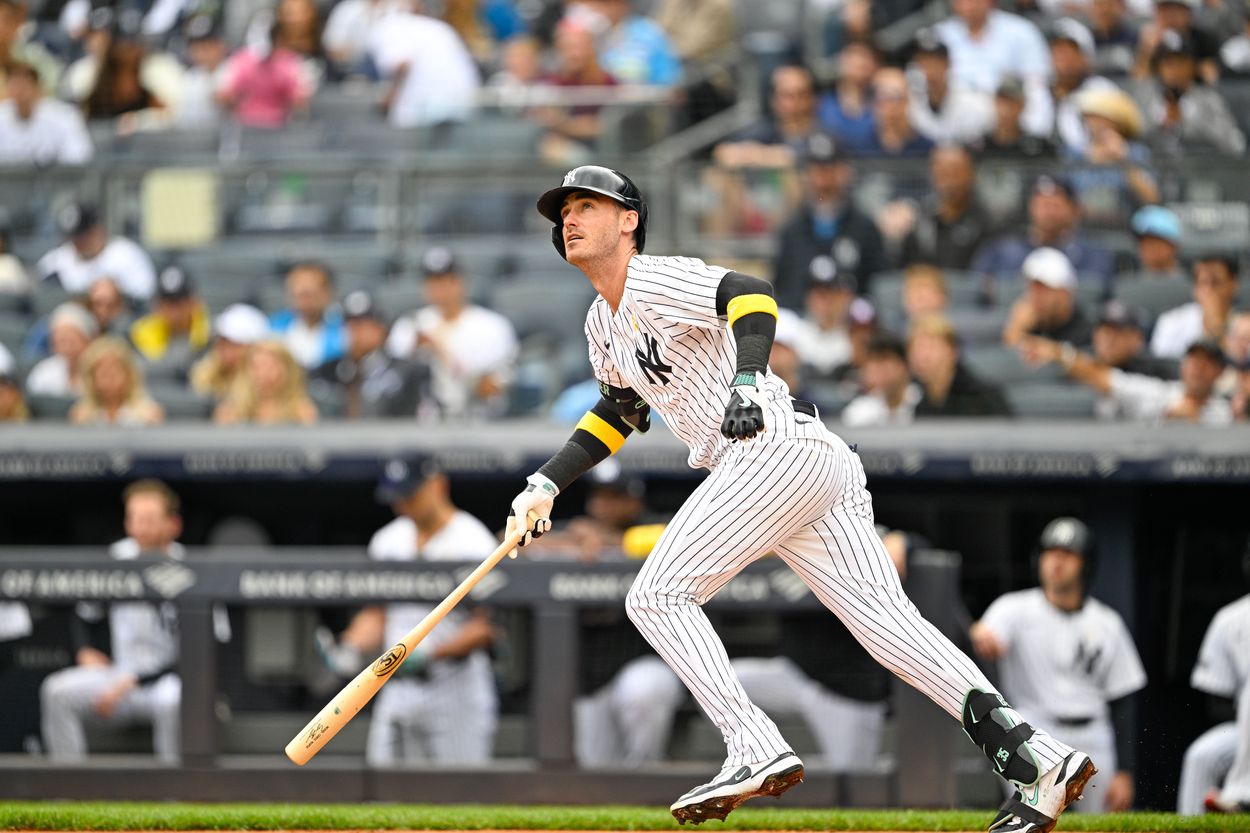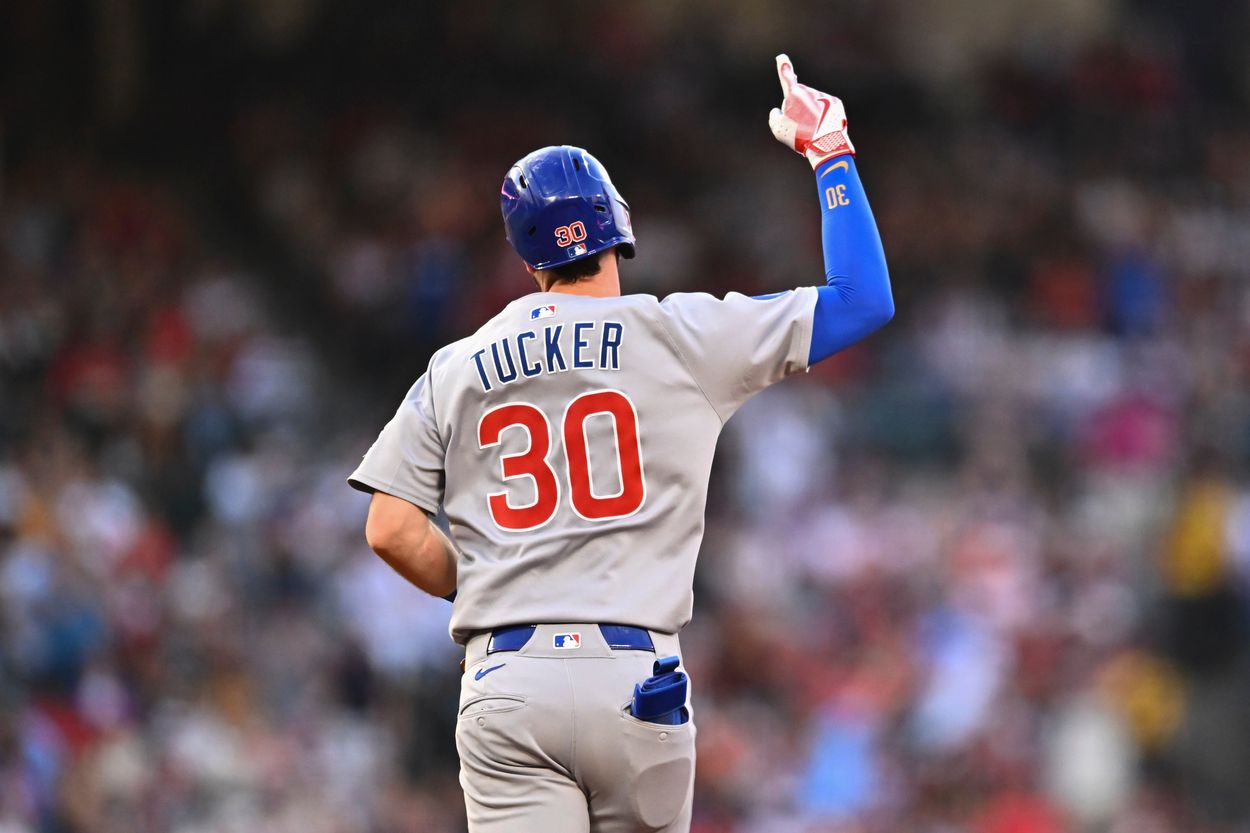
Cody Bellinger’s time with the New York Yankees may have been short, but it was impactful. He brought stability to an outfield that desperately needed it, played Gold Glove defense, and added a much-needed left-handed presence in the lineup. Yet, after opting out of his $25 million player option for 2026, the Yankees appear ready to let him test the market — and possibly move on altogether.
If general manager Brian Cashman wants to make a big splash this offseason, the target seems clear: Kyle Tucker. The 28-year-old outfielder is one of the most complete players in baseball, and he fits the Yankees’ long-term vision perfectly.

Why the Yankees might move on from Bellinger
Bellinger was a steady contributor in 2025, hitting .272 with a .334 on-base percentage and .480 slugging rate. He launched 29 home runs, drove in 98 runs, and posted a 125 wRC+, his best mark since his 2019 MVP season. In many ways, he helped stabilize a Yankees lineup that had too often relied solely on Aaron Judge.
But despite his strong numbers, the front office may hesitate to commit another long-term deal to a player who’s been inconsistent throughout his career. Bellinger has rebounded well from his struggles with the Dodgers, but he’s still a volatile hitter, one whose production has fluctuated from season to season.
He’s also approaching 30, and while his defense remains strong, the Yankees have younger, cheaper options waiting in the wings. With Jasson Dominguez ready for a full-time role and top OF prospect Spencer Jones ready for a big-league role, the team could use that money elsewhere — particularly on a player like Tucker, who’s entering his prime.
Kyle Tucker’s fit is almost too perfect
Kyle Tucker checks every box for what the Yankees need. He’s a consistent hitter from the left side, an elite defender in right or left field, and a durable player entering the prime of his career. In 2025, Tucker hit .266 with a .377 OBP and .464 SLG, adding 22 home runs, 73 RBIs, and a 136 wRC+. Those numbers don’t fully tell the story of how steady he’s been since 2021, when he established himself as one of the best all-around outfielders in the game.
Tucker is disciplined at the plate, rarely chases, and doesn’t need Yankee Stadium’s short porch to elevate his power numbers. He’s a player built to thrive in New York — calm, methodical, and consistent.
Financially, the Yankees can afford him. His contract could surpass $350 million, but pairing him with Judge in the heart of the order would give the Yankees one of the most dangerous one-two punches in baseball.

How the outfield would take shape
If the Yankees land Tucker, the alignment practically writes itself. Aaron Judge would be in center field, a spot he’s embraced despite the wear and tear that comes with it. Jasson Dominguez would handle right field, where his weaknesses can be covered up in Yankee Stadium. Tucker would slot into left, giving the Yankees an elite offensive outfield with a solid defensive standard.
Meanwhile, Spencer Jones, the 6-foot-6 slugger who mirrors Judge in size and power, would serve as the fourth outfielder. He could rotate through all three spots, easing the workload on Judge and Dominguez while gaining valuable experience.
That configuration gives the Yankees power, balance, and defensive stability. It also provides a blend of established stars and ascending talent, a formula that could finally make them sustainable contenders instead of a team constantly patching holes.
The next step in building around Judge
Aaron Judge remains the cornerstone, but the Yankees can’t afford to waste his prime years with roster uncertainty. Bringing in Kyle Tucker would send a clear message: this team is still chasing a championship, and it’s doing so with elite, long-term talent.
Letting Cody Bellinger walk might feel risky, but it’s the type of calculated move that could define the next era of Yankees baseball. Tucker is younger, more consistent, and fits perfectly into a lineup built to win now and later.
If Cashman wants to reestablish the Yankees as the standard of the sport, this is the move that gets them there — pairing Judge with Tucker in the outfield and letting the rest of the league figure out how to pitch around them.
